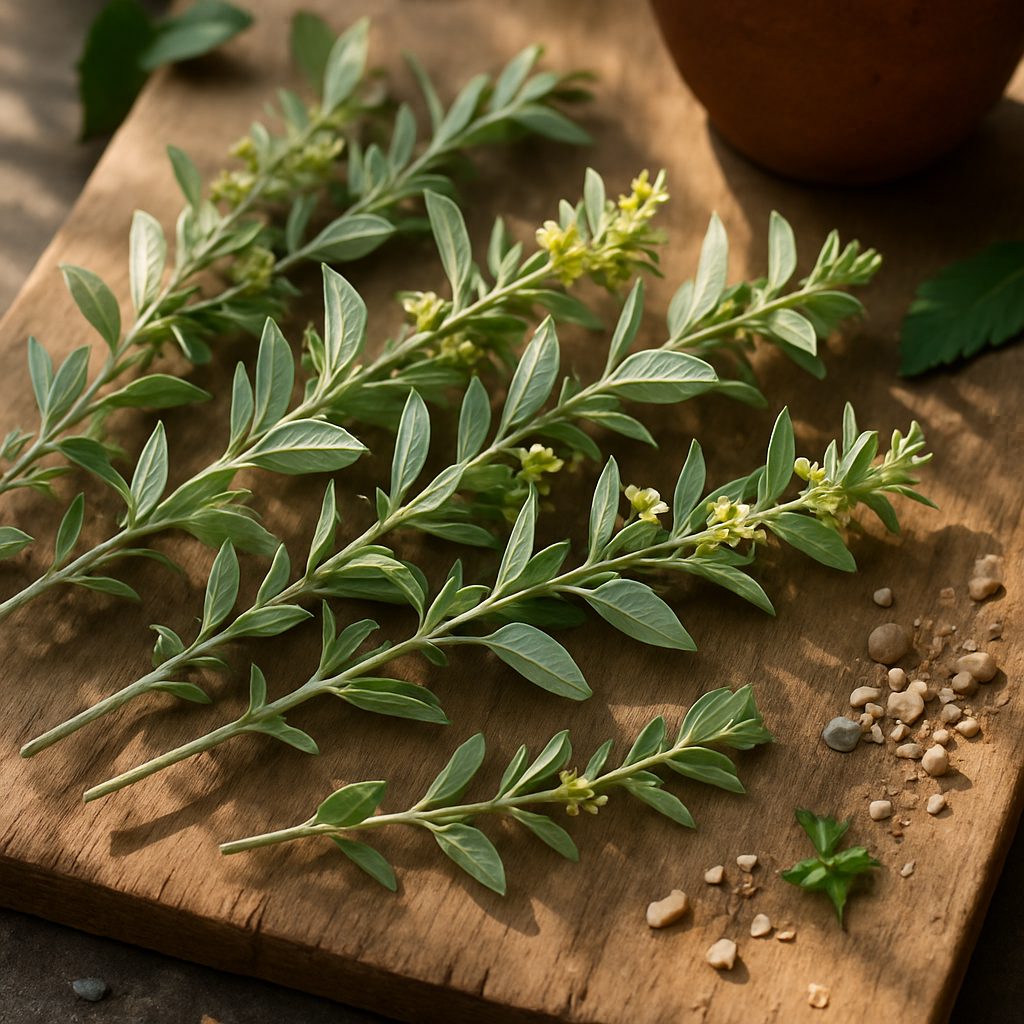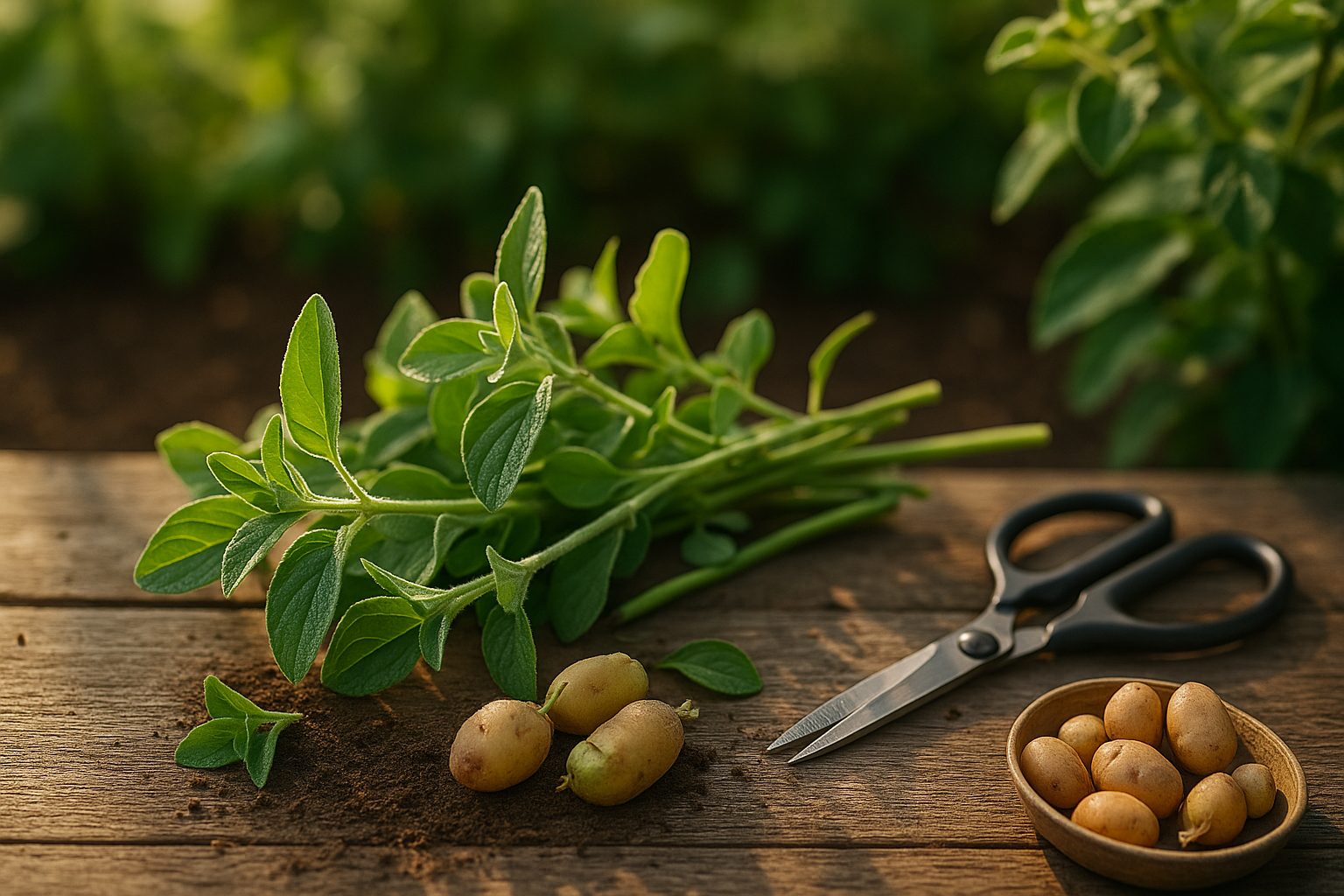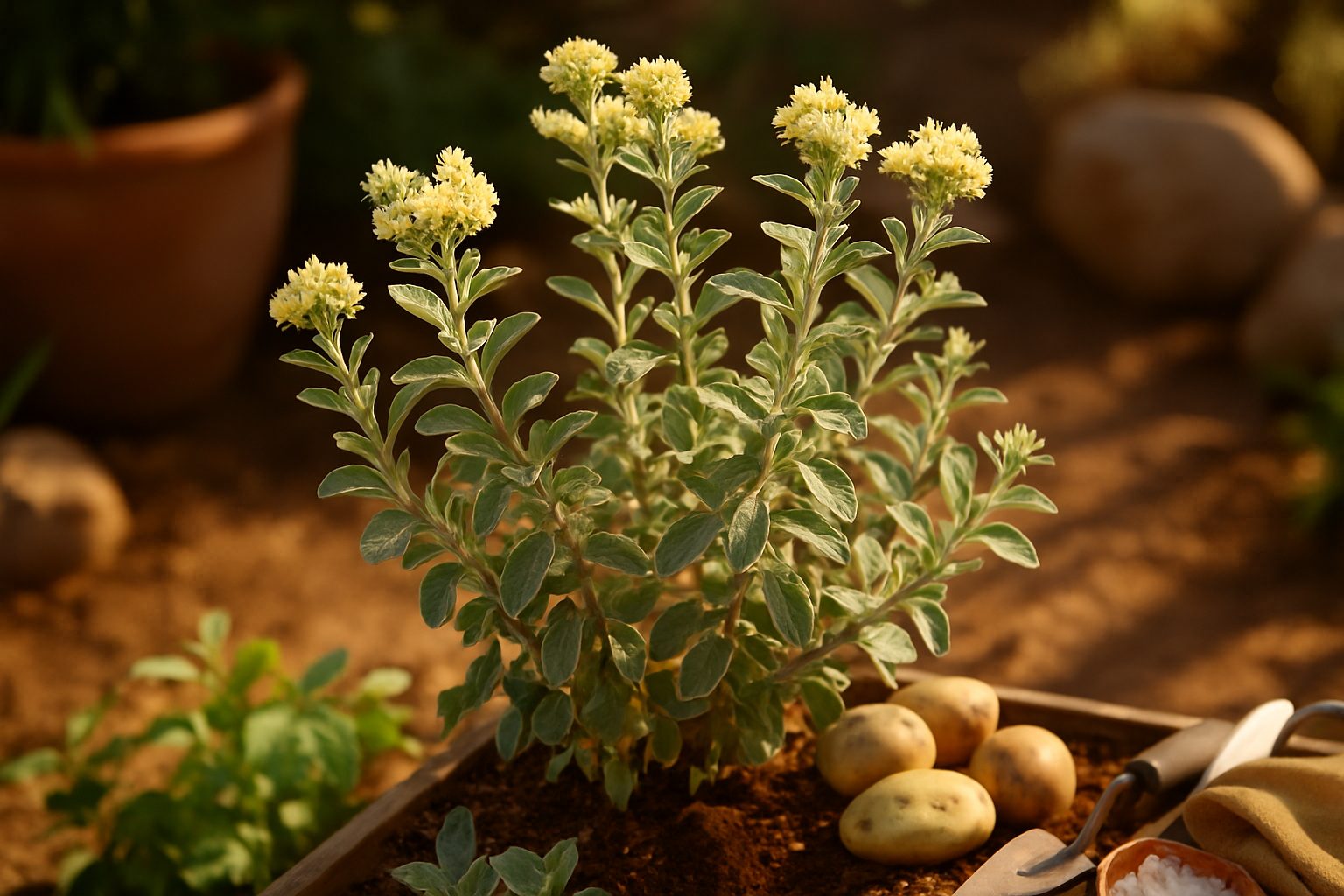What Is Mexican Oregano?

If you’ve ever wondered how to harvest Mexican oregano, it helps first to understand what sets this remarkable herb apart. While it shares a name with the more familiar Mediterranean oregano, Mexican oregano (Lippia graveolens) is actually a completely different plant—one that’s native to the sun-drenched regions of Central America, Mexico, and the southwestern United States. Unlike its Mediterranean cousin, which belongs to the mint family, Mexican oregano is part of the verbena family, and you can spot the difference in its shrubby habit, slender leaves, and clusters of tiny white or pale yellow flowers.
Mexican oregano thrives in hot, arid environments. Its silvery-green leaves are small but mighty, exuding an aroma that’s brighter, more citrusy, and slightly peppery—often with notes of lemon and hints of anise. This bold flavor profile is why Mexican oregano is a cornerstone of Latin American cuisine. It stars in everything from mole sauces and carnitas to hearty bean dishes, making it indispensable in Mexican, Tex-Mex, and Central American kitchens.
What makes Mexican oregano truly unique is not just its pungency, but the way it balances rich, spicy, and earthy dishes. Because it holds up well to long cooking times, it’s the secret ingredient in slow-cooked stews, marinades, and salsas. If you’re eager to infuse your recipes with authentic Latin flavor, learning the best techniques for how to harvest Mexican oregano at its peak ensures you’ll get the freshest taste and aroma possible, straight from the garden to your table.
How to Grow Mexican Oregano
Mexican oregano thrives in warm, sunny conditions, making it a perfect herb for gardeners in hot, dry climates. Aim for a spot that gets at least six to eight hours of direct sunlight each day—south-facing garden beds or containers on a sunny patio are ideal.
The plant prefers well-draining soil, so mix sand or small gravel into your garden dirt if the ground tends to hold moisture. Mexican oregano dislikes wet feet, and root rot can develop in soggy conditions. Temperatures between 65°F and 85°F are optimal, but this hardy herb can tolerate brief dips as low as 40°F and bounces back quickly after heatwaves.
Propagation
You can start Mexican oregano from seeds or cuttings.
From Seeds
Sow the seeds lightly on the surface of moistened soil and press them in gently—don’t cover them, as they need light to germinate. Keep the soil consistently damp but not waterlogged, and seedlings should appear within two to three weeks.
From Cuttings
Snip a 4- to 6-inch stem from a healthy plant, strip off the lower leaves, and set it in a glass of water or directly into potting mix. Roots will develop in about three weeks.
Planting and Care
When planting outdoors, space seedlings or cuttings about 18 to 24 inches apart to give the mature plants plenty of airflow.
- During early growth, water deeply but let the soil dry out between waterings—overwatering is the most common mistake.
- Once established, Mexican oregano is drought tolerant and needs only occasional watering.
- For bushier growth, pinch back the tips of the stems every few weeks, and prune old woody branches in early spring.
- Regularly harvesting leaves encourages new growth, so don’t be afraid to snip what you need for your kitchen!
Managing Pests and Disease
Mexican oregano is generally hardy, but it can occasionally fall prey to common pests like spider mites, aphids, and whiteflies, as well as fungal diseases such as powdery mildew and root rot.
Early signs of pest problems include tiny specks or webbing on leaves, yellowing foliage, or clusters of small insects. Fungal diseases might show up as white, powdery patches on leaves, wilting, or soft, discolored stems.
To prevent infestations, make sure your plants are spaced well apart for good airflow and avoid overhead watering, which can promote fungal growth. Regularly inspect both sides of the leaves so you can act quickly if you notice any problems—handpicking pests or wiping leaves with a damp cloth can often halt early outbreaks.
For organic treatment, try spraying insecticidal soap or neem oil on affected areas, and prune out any infected plant parts to stop fungi from spreading. Compost or dispose of plant debris far away from your oregano to keep spores and pests from returning.
Healthy, well-drained soil and some mulch can boost plant resilience, making it less appealing to both pests and disease. Consistent care and early attention are your best defenses for keeping Mexican oregano thriving.
When and How to Harvest Oregano

Harvest oregano just before it flowers, when the plant’s essential oils are at their peak and the leaves are most aromatic—usually from late spring through early summer. For the best flavor, try to pick oregano in the morning after the dew has evaporated but before the day gets hot.
Use clean, sharp scissors or garden shears to snip whole stems, leaving at least a third of the plant intact so it can continue to grow and stay healthy. Avoid tearing or pinching the stems with your fingers, as this can damage the plant and reduce future harvests. If you only need a few leaves, pinch off the leafy tops or use herb snips designed for delicate stems.
Regular, careful harvesting encourages bushier growth and more oregano over time. For a larger harvest, tie collected stems into small bundles and hang them upside down in a well-ventilated, shady spot to dry, making sure not to crowd them to ensure good airflow.
Investing in a good pair of herb scissors or pruners can make the process quick and clean, saving time and helping your oregano thrive season after season.
Preserving and Storing Mexican Oregano
When it comes to preserving Mexican oregano, both air drying and freezing are popular methods, each with its own benefits.
Air Drying
Air drying is a traditional, simple approach that works best in dry climates. To air dry, gather a handful of fresh oregano stems, tie them together with twine, and hang them upside down in a warm, well-ventilated area out of direct sunlight. Let them dry for about one to two weeks, checking periodically until the leaves are crisp. Once dry, gently crumble the leaves and store them in an airtight glass jar away from heat and light to lock in their signature aroma and flavor.
Freezing
Alternatively, freezing is a great option for those who want to retain a fresher, greener taste. Rinse and pat dry the oregano sprigs, strip the leaves, then spread them on a baking sheet to freeze individually before transferring them to a freezer-safe container or bag.
Tips for Best Results
- Harvest oregano before flowering for the best flavor.
- Avoid crushing the leaves until you’re ready to use them to maintain potent essential oils.
- For quick access and maximum freshness, portion dried or frozen oregano into small jars or ice cube trays rather than storing a large bulk amount.
With proper care, your preserved Mexican oregano will infuse your dishes with vibrant taste all year round.
Cooking Ideas and Uses
Oregano plays a starring role in many traditional Mexican and Latin American dishes, adding depth and warmth that beautifully ties flavors together. Classic favorites like pozole, carne asada, and birria benefit from dried Mexican oregano’s citrusy, earthy notes, while Cuban black bean soup and Salvadoran pupusas gain complexity from its subtle bitterness.
Don’t reserve oregano just for stews—try sprinkling fresh oregano leaves over tacos, quesadillas, or grilled street corn for a burst of fragrance. For an innovative twist, blend fresh oregano into chimichurri sauce alongside parsley and cilantro, or add it to guacamole for a surprising layer of flavor.
Dried oregano can elevate homemade tortilla chips; toss them with olive oil, sea salt, and a pinch of chili powder before baking. Oregano also pairs uniquely well with citrus fruits, making it a bold addition to tangy vinaigrettes or citrus-marinated chicken.
For a creative take on salsa, fold chopped fresh oregano into mango-pineapple salsa to serve with grilled fish. Think beyond the classics—oregano’s versatility makes it an easy way to add authentic Latin flair or inventive twists to your everyday cooking.
